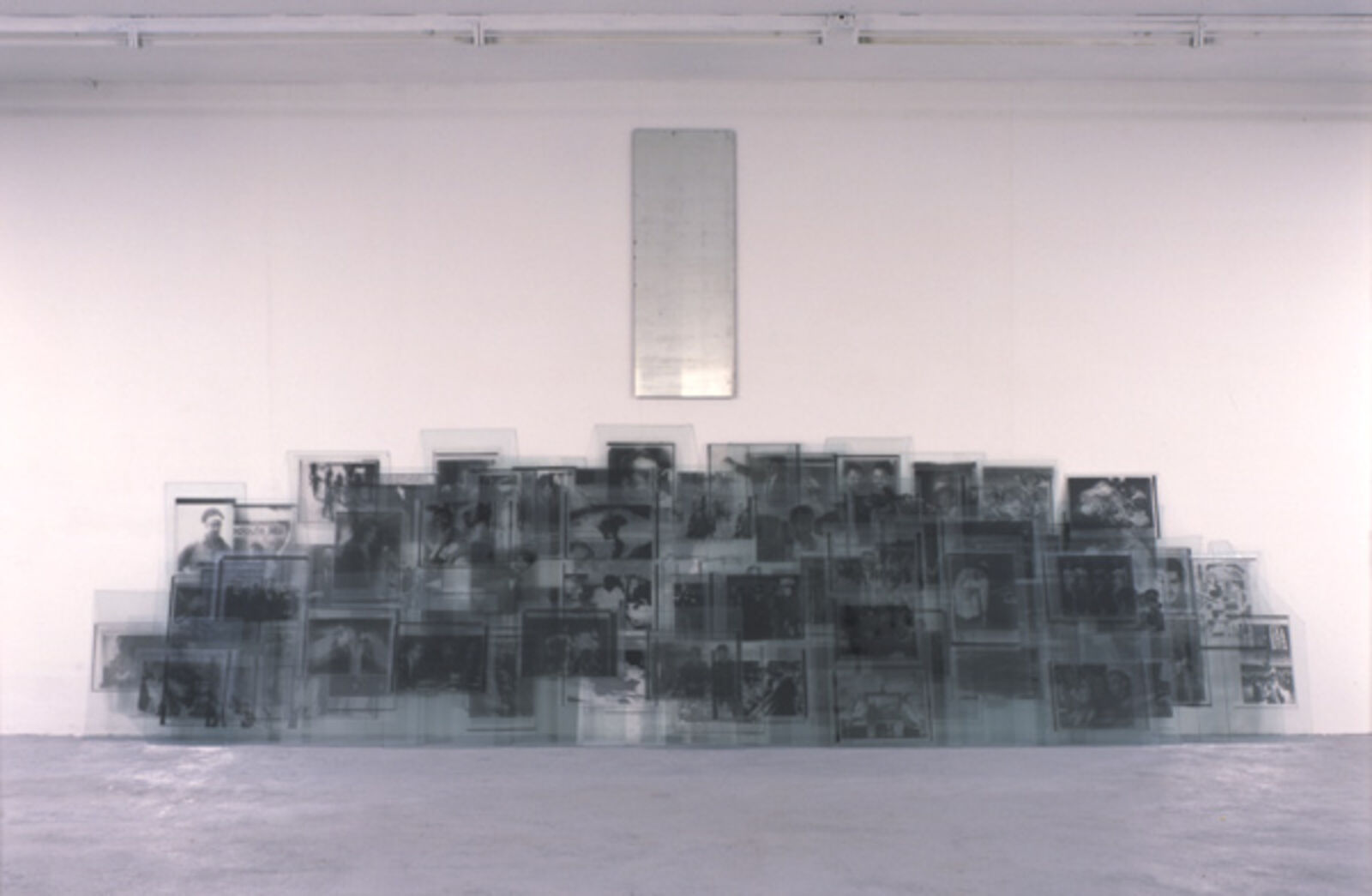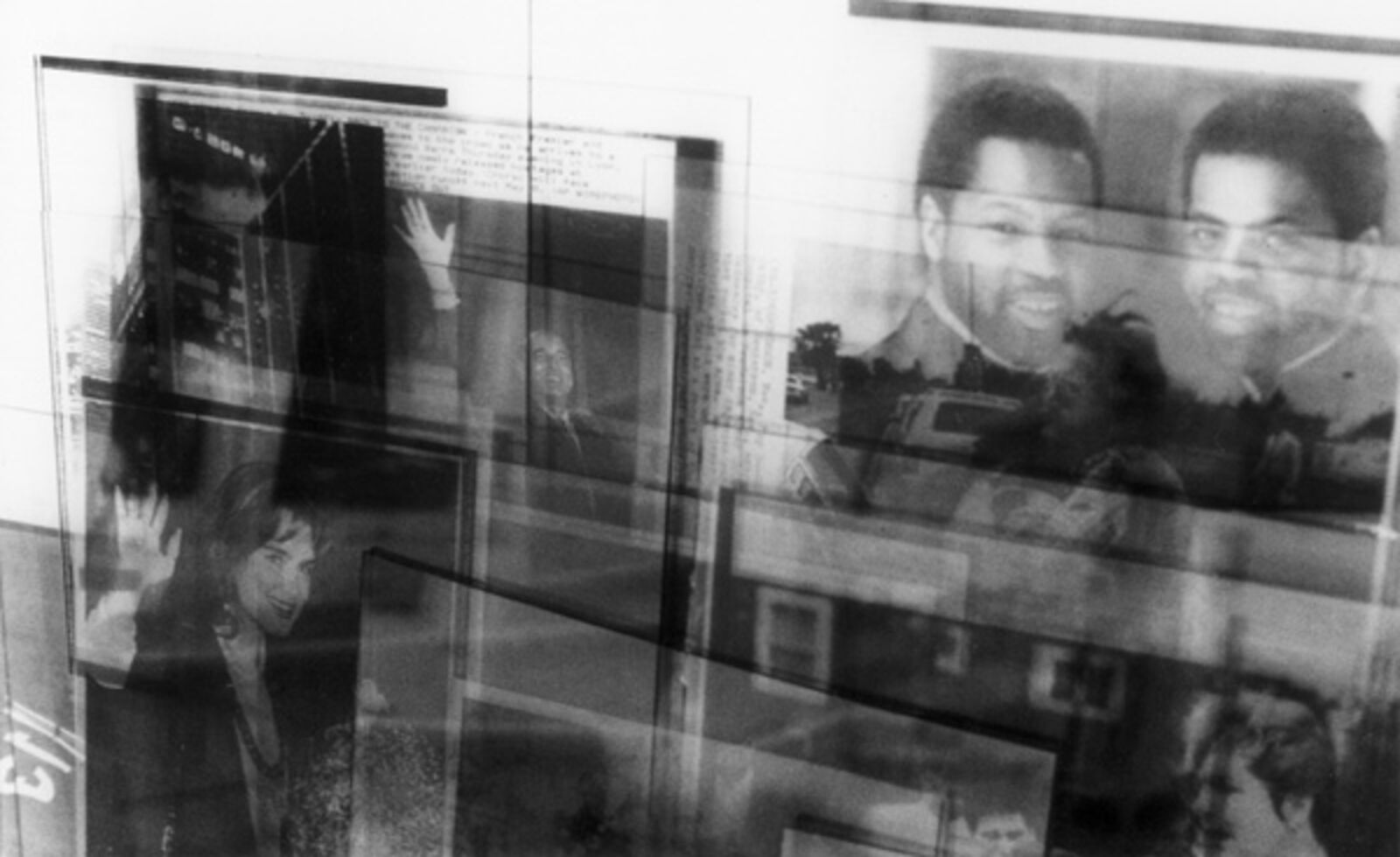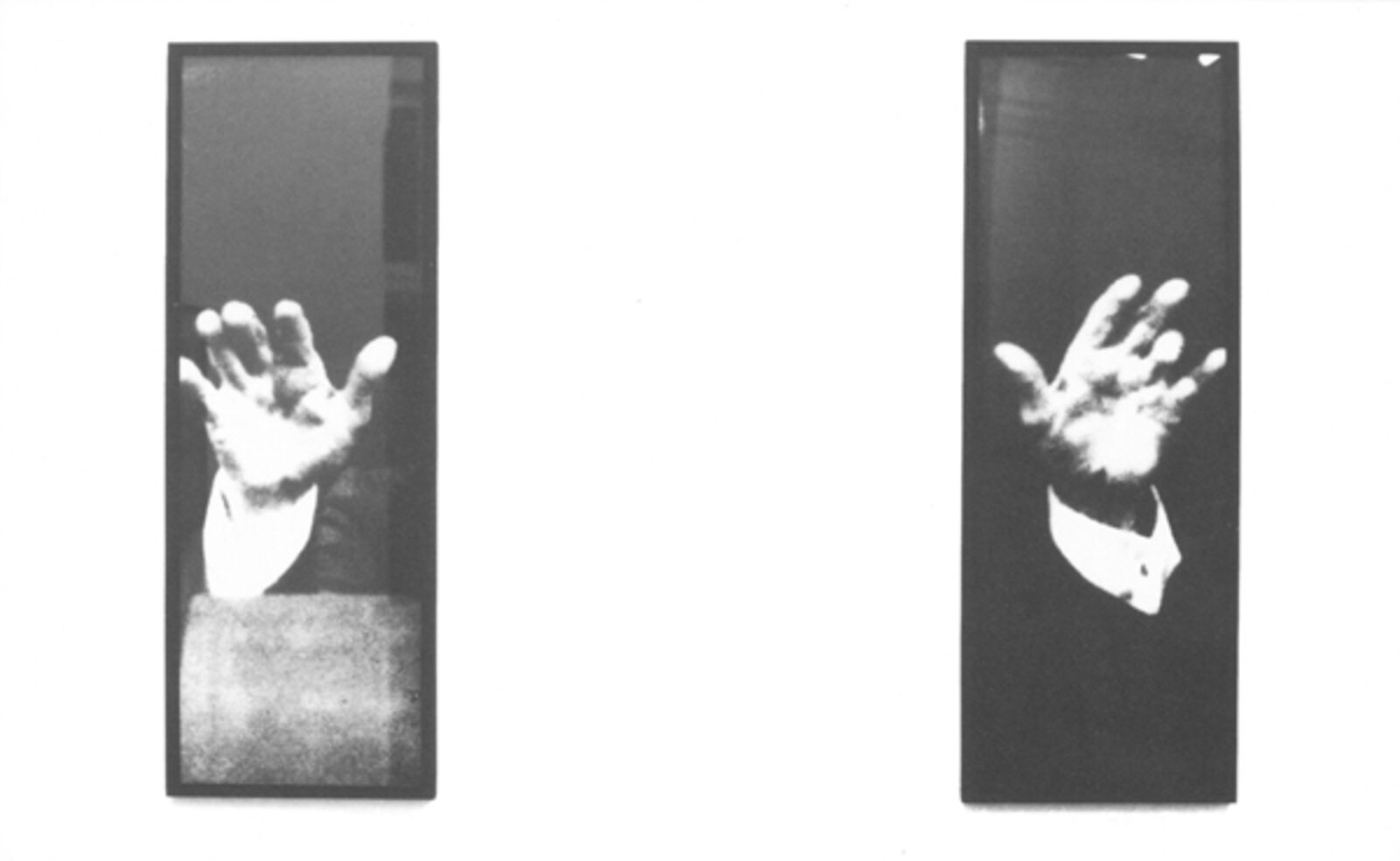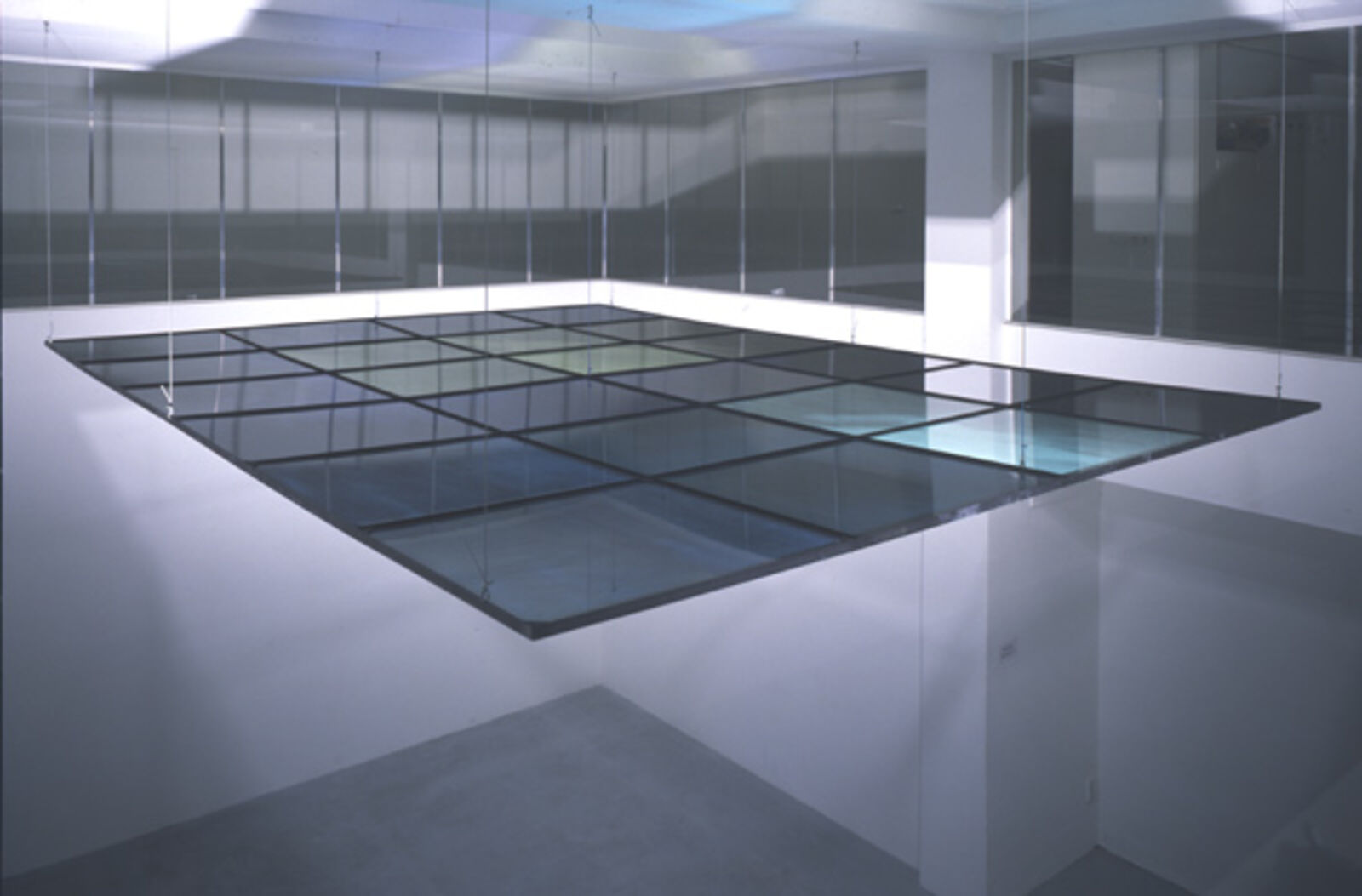Ernst Mitzka "Ernst Mitzka"
16.12.1989–21.01.1990
de Appel, Prinseneiland 7, Amsterdam
de Appel, Prinseneiland 7, Amsterdam

5th May '88 Pix for the People, 1989 I
© Cary Markerink, Amsterdam
© Cary Markerink, Amsterdam

5th May '88 Pix for the People, 1989 II
© Cary Markerink, Amsterdam
© Cary Markerink, Amsterdam

Invitation

A.M.N. Sie Auch?, 1989
© Cary Markerink, Amsterdam
© Cary Markerink, Amsterdam
‘When Ernst Mitzka is asked for biographical data he calls his father a conceptual artist and his mother a German romantic. For somebody born in 1945 this is a rather strange remark which can only be read as a metaphor, as an attempt to suggest that there are two different souls inside him. When describing his working method he formulates a similar dichotomy: ‘I like to work with rational methods. They should be applied with tender empiricism to receive good poetic imagery.’ Poetic is a term one wouldn't apply so easily to Mitzka's visual language, for all the images he employs are existing ones, from the psychological diagrams he found in manuals of experimental psychology to the press photo's from newspapers. Poetry or transformation is only attained when he takes the images out of their context, cuts them up and arranges them differently in new combinations or in layers. Choosing and isolating images and loading them again with meaning are Mitzka’s main interventions, irregardless of the subject matter he uses or the medium he chooses to realise his work. Meanwhile his attitude towards society remains coherent. From this perspective it might be easier to understand the relationship between older and more recent work. Daily Fascism from l975 consisted of a one-way mirror, a slide projection and an audiotape. The projected images were alternated, thanks to an ingenious lighting system, with the reflected images of the viewers: they saw themselves in between the projections of anonymous passers-by, while in the background they heard the sayings and proverbs taken from the ‘Fascism-scale’ of Adorno's The authoritarian character.
Fifteen years later Mitzka made Pix for the people, a series of works based on the daily production of press photo's of a newspaper. The black and white lithographs are transferred onto glass plates which he places on the floor against the wall as the used plates of an old camera. Above these he situates the reclaimed silver: the materials used for the plates are reconstituted as an opaque mirror in which the viewer catches a glimpse of himself. Transparence and reflexion are the means selected in this case to transmit a strong political content in a subtle manner. The chosen day was May 8th 1988, when all newspapers showed images of the violent intervention of French troops against the Kanakas. As any other day in any newspaper, one will also find the innocent imagery of jazz singers, snake charmers and similar entertaining information. Mitzka does not judge, he confronts the viewer with this disarray of images that in their entirety carry meaning while representing that single day. There is no cohesion, no inner logic. Whilst Mitzka denounced the logic of science in his older work, based on psychological diagrams, through disarranging them, he now seems of consider the inherent fortuitousness of the photo-series of sufficient importance of simply present them in toto. Negating a constructed cohesion becomes pointing at a lack of cohesion, which in addition to the repetitive sameness, is the cause of what Mitzka calls our 'amnesiac indifference'.’ (‘Ernst Mitzka’, Newsletter De Appel, 4 (1989) 7.)